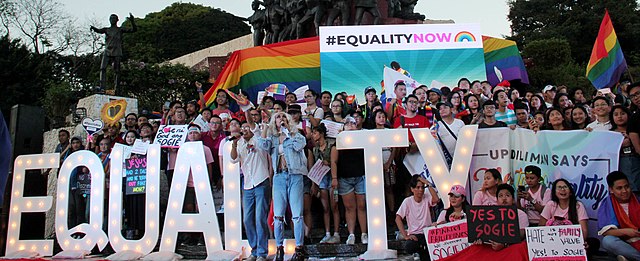Why does this research matter?
The last few years have seen a rise in the prevalence, visibility, and cultural relevance of queer-spectrum and trans-spectrum identity. With general increases in social acceptance of queer identities, people have also been coming out younger, on average around age 20 as of 2018, placing the traditional college years as a critical site of identity development (Mundy 2018).

Unfortunately, however, recent research has shown that, despite perceptions that society is becoming more accepting of queer individuals, actual rates of discrimination against queer and trans people have either remained the same or even worsened in recent years (Bazarsky et al. 2022). All of this coincides with further cultural shifts that have increased pressures on young people to earn a college degree, creating a situation in which queer college students are a subject of particular interest. Institutes of higher education are now being pressured to better serve this growing population and its unique needs. One way that many schools have tackled this issue is through the establishment of LGBT Resource Centers which are designed to serve and advocate for the unique needs of this population and help moderate the adverse effects of harassment and discrimination when they occur (Sanlo, Rankin, and Schoenberg 2002).
Effects of Campus Climate
To understand the importance of programming and support services for queer-spectrum students, it is vital to understand the effects that campus climate has on the experiences, identity development, and well-being of queer students. Campus climate has been found to significantly affect the mental and physical health of queer students, which can, in turn, feed into problems with academic success. This includes higher rates of depression, suicidal ideation, self-harm, and low self-esteem (Zamani-Gallaher and Choudhuri 2016; Angeli 2009; Rankin, Garvey, and Duran 2019). Notably, students do not need to personally face specific acts of harassment and discrimination to have this negatively affect their perceptions of campus climate (Greathouse et al. 2018).
These and other negative effects have translated into consequences for queer students’ academic success, persistence, and outcomes, as well as their engagement in curricular and co-curricular activities, attachment to the learning experience, relationships with faculty, and their feelings of visibility and representation (Garvey et al. 2019; Garvey et al. 2018; Garvey et al. 2017). These effects have been reflected in the real-world experiences of many queer students, as LGBT students are more likely than cishet students to take time off of school, skip class, go to class unprepared, turn in assignments late, and fail a course (Renn 2022).